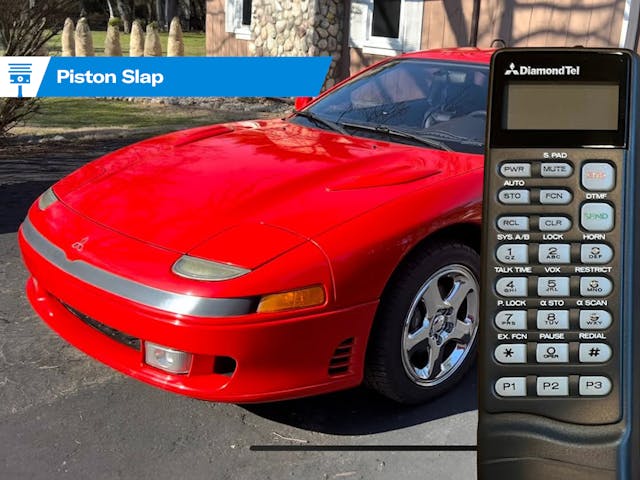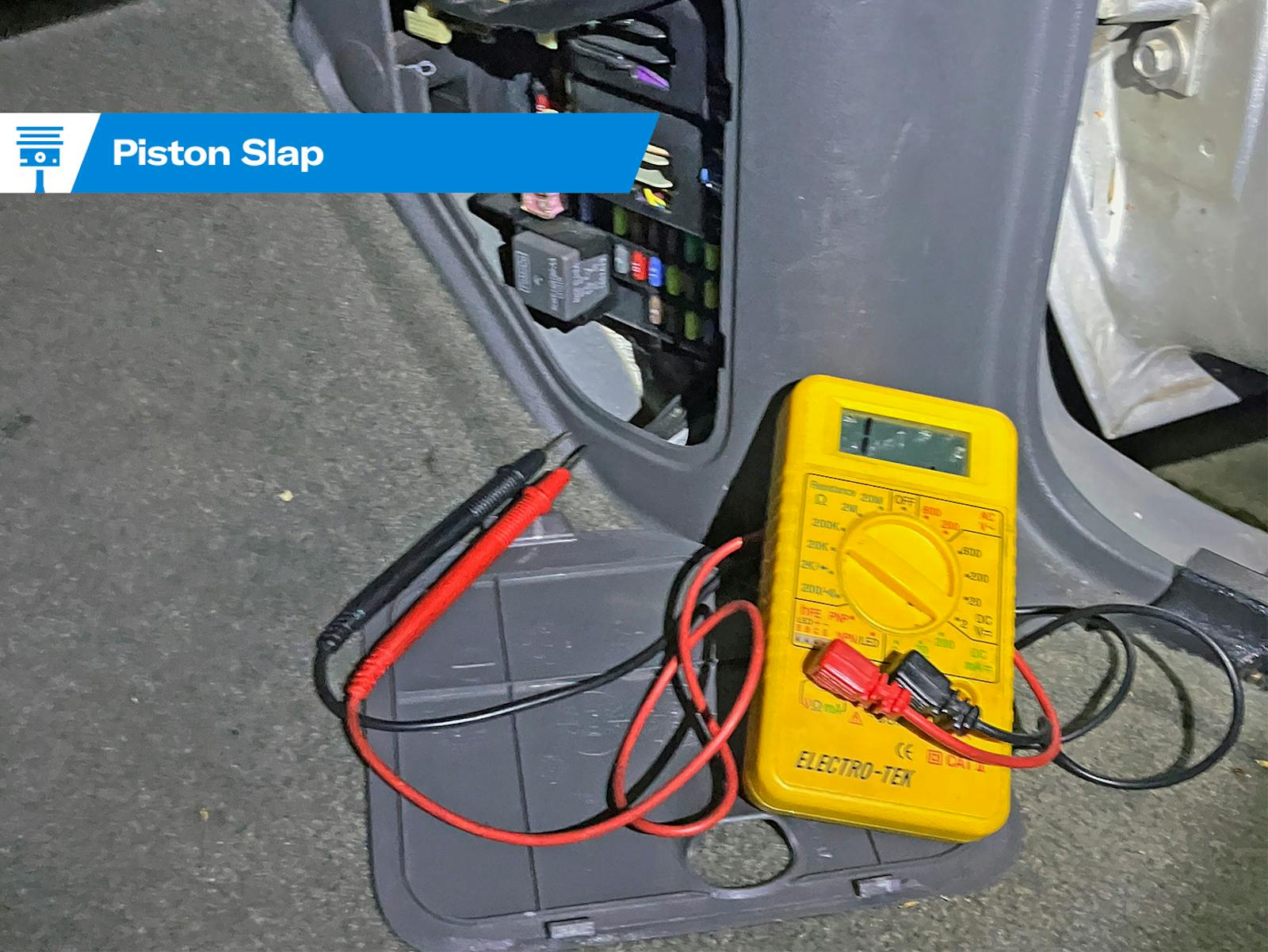Piston Slap: New Tricks for an Old Car Phone (Part VI)
I never expected a rambling notion I published over a decade ago could have this much staying power. But we’re indeed talking about upgrading an analog car phone with digital guts in the year 2024, and the person behind it shares his efforts across platforms for creators (like GitHub) and enthusiasts (like his YouTube channel) with pride. Thankfully, this generosity also includes an update for Piston Slap readers! —SM
Jeff writes:
I have a big update for my car phone project: everything now fits inside of the original car phone, making it fully functional on its own. There are no external adapters, and no visible signs of modification.
I’ll probably also make a new full tour/demo video in a few weeks when I take my car out of winter storage, but I couldn’t hold in the excitement. I had to share this news with someone that would appreciate it. (I am glad you didn’t hold back! — SM)
I spent the winter learning how to design custom PCBs (Printed Circuit Boards) and developing a new version of my adapter. This completely replaces the original electronics in the car phone’s transceiver, instead of previously piggybacking off of it. In addition to being able to hide everything inside the original car phone, there are some technical benefits to being in control of power supply/management:
- I’m in control of when the phone turns on/off, which means I was able to replicate original behavior where the phone remains on if you turn the car off during a call. The phone then automatically powers off when the call ends.
- I’m using modern rechargeable Li-Ion cells (3 AA-sized cells) for portable power instead of the original giant NiCd battery pack (10 A-sized cells). The original battery packs are all long dead by now and would need to be rebuilt with new NiCd cells (expensive and tedious) if I stuck with the original car phone’s power supply and battery charging circuitry.
- Total weight is reduced by 12.2 ounces.
- The original Mitsubishi transceiver is no longer wastefully consuming power itself in addition to powering my Bluetooth adapter. This particularly helps with battery life in portable mode. Even though the batteries I use have a lower capacity (1100 mAh) than the original battery pack (1400 mAh), battery life is now better than the original phone:
- There’s about 20 hours of “standby time” compared to the original 14 hours.
- Probably most impressive is the roughly 5–6 hours of “talk time” compared to the original’s 50–80 minutes.
I have documented my progress on this new phase of my project in a forum thread. Towards the end of the thread, you will find many photos of the new adapter installed in the car phone, comparisons to an unmodified phone, etc. Unfortunately, I have not yet finished updating my GitHub project with new designs/code/info/documentation, but I should have that updated within the next few weeks.


After more testing and refinement, I plan to offer either a conversion kit or a mail-in conversion service (details/pricing TBD) for anyone who has a Mitsubishi DiamondTel Model 92 phone and is willing to accept the risk of purchasing amateur prototype-quality electronics with no warranty. (Better buy a donor phone while you can, before Jeff’s hard work raises their asking prices! – SM)
I expect it would also work for the Mitsubishi Model 1500, but I need to get my hands on one to confirm it. Conversion is unfortunately not “bolt-on” easy. It requires transferring a couple connectors from the original transceiver (de-soldering and de-pinning) and grinding a bit of metal from the inside of the transceiver case for clearance.
Sajeev concludes:
I’d like to once again thank Jeff for keeping us in the loop with his progress. I look forward to Part VII of this series, showing off this consumer-friendly option for upgrading a Mitsubishi cell phone with modern Bluetooth technology. We truly live in an amazing world, don’t we?
Have a question you’d like answered on Piston Slap? Send your queries to pistonslap@hagerty.com—give us as much detail as possible so we can help! Keep in mind this is a weekly column, so if you need an expedited answer, please tell me in your email.
***
Check out the Hagerty Media homepage so you don’t miss a single story, or better yet, bookmark it. To get our best stories delivered right to your inbox, subscribe to our newsletters.



This has been a fascinating project to follow. I piques my interest both in that I have a background in computer engineering and that I have an 80s S class that could benefit from a setup like this.
You should absolutely try to do this for your Mercedes’ phone. Because if it can be done for a Mitsubishi…
I’m still waiting for someone to use my project as inspiration to build a similar Bluetooth adapter for another brand/model of car phone. The same general approach should work for any car phone that has a corded handset that plugs into a transceiver. The interface to the handset needs to be reverse-engineered so that different custom hardware and software can be developed to interface with that handset (no consistent standards across manufacturers/models).
Very cool to see this coming along so nicely. I love seeing the old DiamondTel phone can work in the modern era thanks to the ingenuity here.